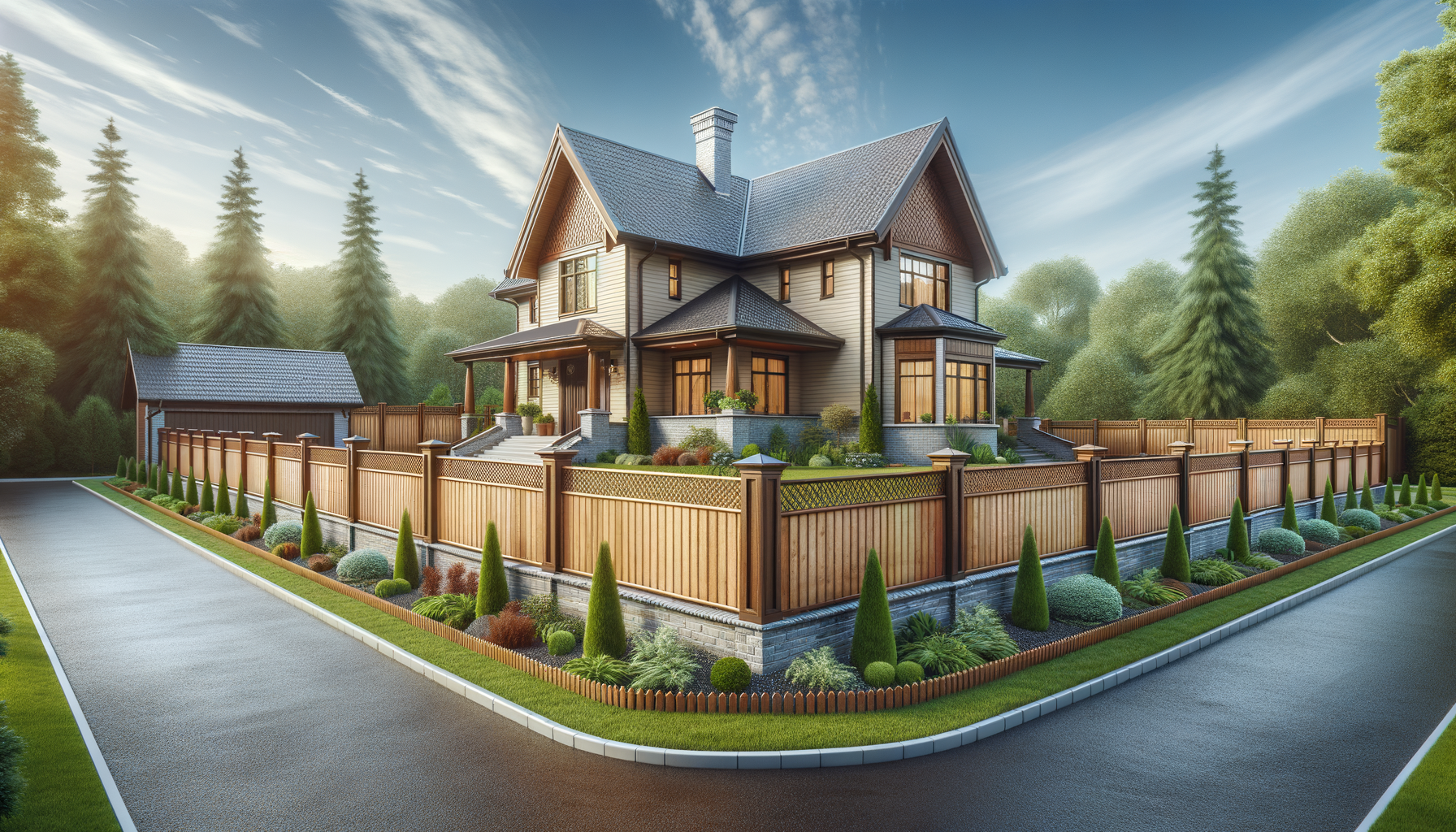Understanding the Importance of a Fence
Fencing is more than just a boundary marker for your property; it serves several essential functions that enhance both the utility and aesthetics of your home. A well-installed fence provides privacy, ensuring that you can enjoy your outdoor spaces without the prying eyes of neighbors or passersby. It also acts as a security measure, deterring potential intruders and keeping children and pets safely contained within your yard.
Moreover, fences can significantly boost the curb appeal of your property. With various styles and materials available, you can choose a design that complements your home’s architecture and landscape. Whether you prefer the rustic charm of a wooden fence or the sleek look of metal, the right choice can add character and value to your home.
In addition to these benefits, some fences are designed to reduce noise pollution, making them an excellent choice for homes near busy roads or in bustling neighborhoods. They also serve as windbreakers, which can be particularly beneficial in areas prone to strong winds. By understanding the multifaceted importance of a fence, homeowners can make informed decisions that align with their needs and preferences.
Types of Fences: Materials and Styles
Choosing the right material and style for your fence is crucial, as different materials offer varying levels of durability, maintenance, and aesthetic appeal. Wooden fences are a popular choice for their natural appearance and versatility. They can be painted or stained to match your home’s exterior, but they do require regular maintenance to prevent rot and insect damage.
Vinyl fences, on the other hand, are known for their low maintenance and long-lasting durability. They resist fading and are impervious to pests, making them an excellent choice for homeowners seeking a hassle-free option. Metal fences, such as those made from aluminum or wrought iron, offer a sophisticated and sturdy alternative. They provide excellent security and can be customized with intricate designs.
For those interested in eco-friendly options, bamboo fences are a sustainable choice that offers a unique aesthetic. They are lightweight yet strong and can be an attractive addition to gardens and patios. Each material comes with its own set of advantages and considerations, so it’s important to evaluate your priorities, such as budget, maintenance, and style, before making a decision.
Planning Your Fence Installation
Before installing a fence, careful planning is essential to ensure that the project runs smoothly and meets your expectations. Start by assessing your property’s boundaries and checking local zoning laws and regulations, as these can dictate the height, location, and type of fence you’re allowed to install. It’s also wise to discuss your plans with neighbors, especially if the fence will be erected on a shared boundary.
Next, consider the primary purpose of your fence. Is it for privacy, security, or aesthetic enhancement? This will influence the design and height of the fence. Additionally, consider the landscape of your yard. Uneven terrain might require special installation techniques or adjustments in the fence design.
Budgeting is another critical aspect of planning. Determine how much you’re willing to spend on materials and labor. While some homeowners opt for DIY installation to save costs, hiring professionals can ensure a more precise and durable outcome. Professionals can also offer valuable advice on design and material choices based on their experience and expertise.
The Installation Process
Once you have planned and prepared, the installation process can begin. The first step is to mark the fence line and ensure it is straight and aligned with property boundaries. This is followed by digging post holes, which should be deep enough to support the fence’s weight and withstand environmental factors such as wind.
After setting the posts in concrete, the next step is to attach the fence panels or pickets. This process requires precision to ensure even spacing and a level top line. Depending on the material, additional steps such as painting or sealing may be necessary to protect the fence from weathering.
Throughout the installation, it’s important to adhere to safety guidelines and use the appropriate tools. For those unfamiliar with construction work, hiring a professional installation service can be beneficial. They have the skills and equipment to complete the job efficiently and to a high standard.
Maintenance and Longevity of Your Fence
Maintaining your fence is key to ensuring its longevity and preserving its appearance. Wooden fences require regular sealing or staining to protect against moisture and UV rays. Inspect them periodically for signs of rot or insect damage and replace any compromised sections promptly.
Vinyl fences are relatively low maintenance, but they should be cleaned occasionally to remove dirt and mildew. A simple wash with soap and water is usually sufficient to keep them looking new. Metal fences, particularly those made of iron, may need rust protection treatments to prevent corrosion.
Regular maintenance not only extends the life of your fence but also enhances its functionality and aesthetic appeal. By investing time in upkeep, you can ensure that your fence remains a valuable asset to your property for many years to come.








